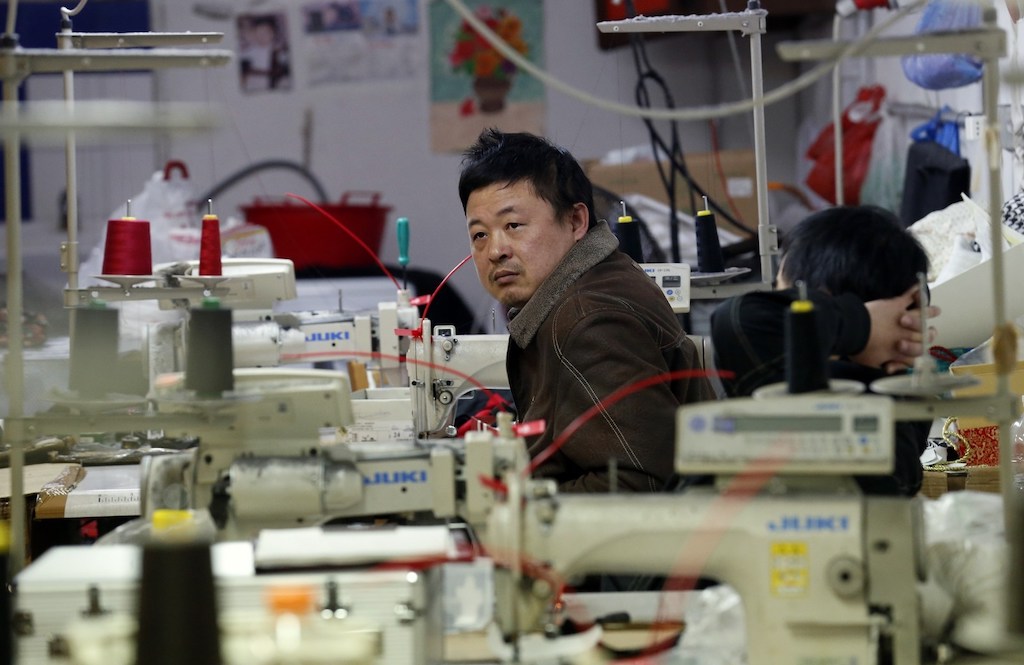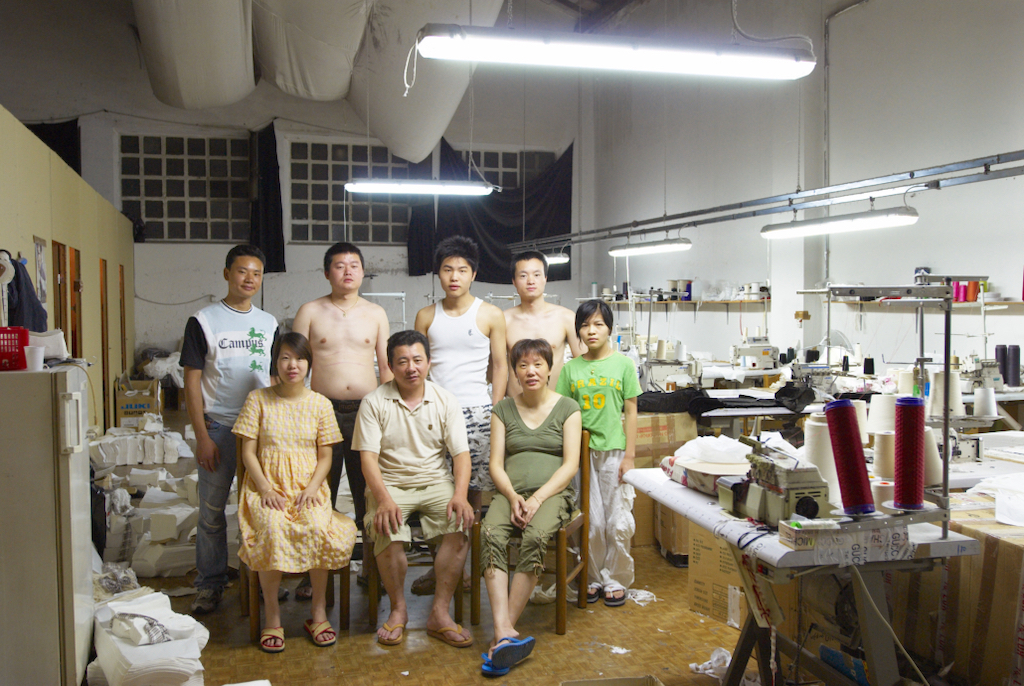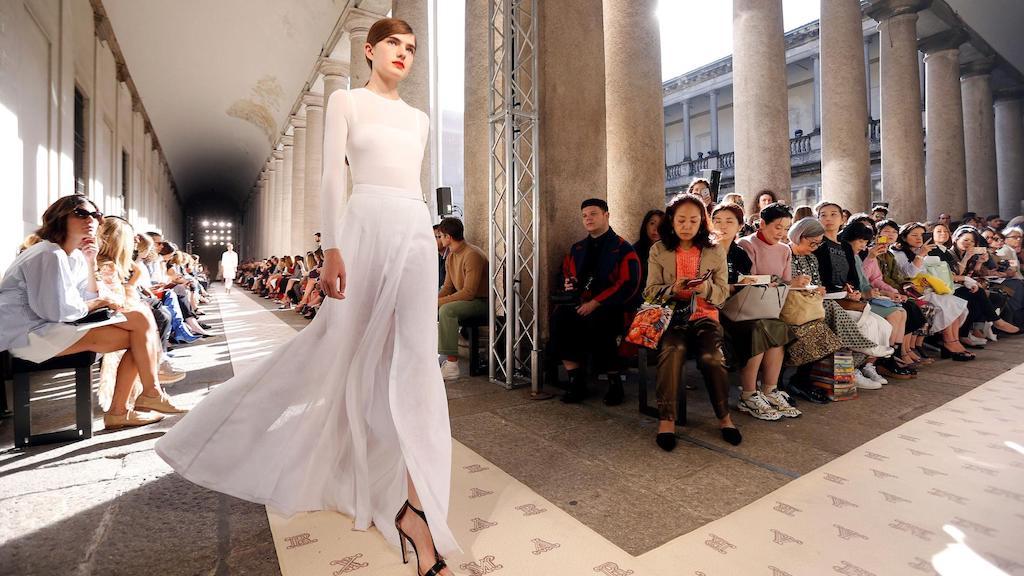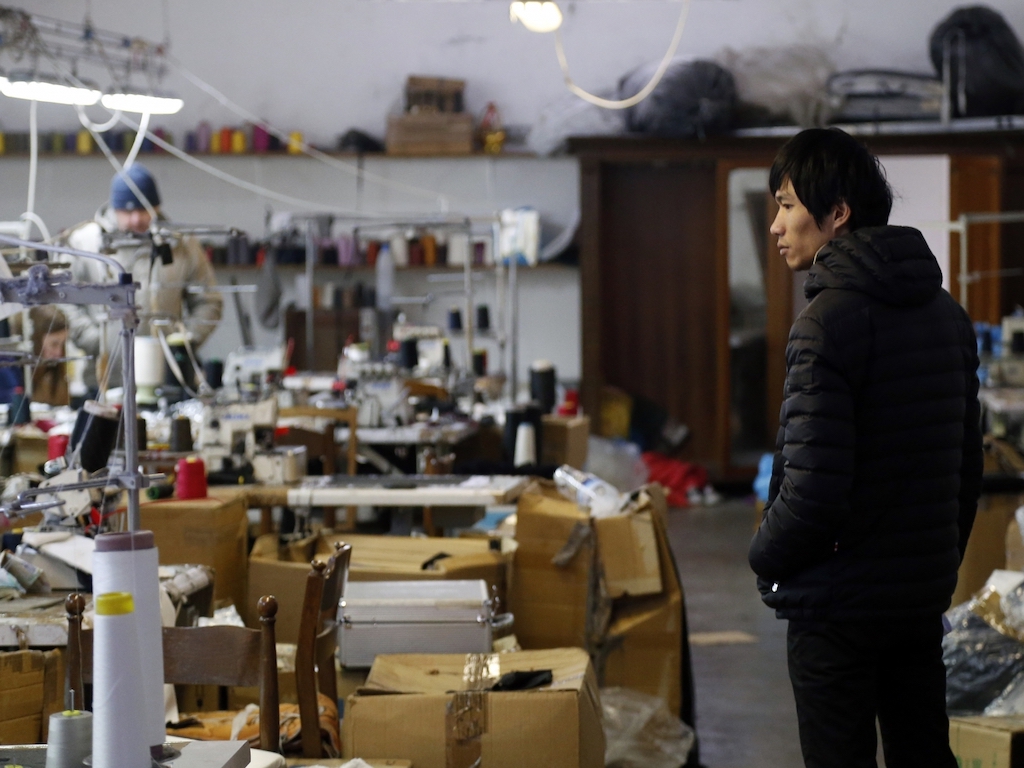OPINION: Is There A Connection Between Luxury Fashion Brands’ Dirty Underground Secret And Italy’s Coronavirus Crisis?
7 Mins Read
Italy has become one of the hardest hit countries of the coronavirus pandemic. Analysts have been theorising about the staggering size of the outbreak in the country – which has been made even more complicated in recent reports about “strange” cases of pneumonia circulating in Italy as early as November 2019. Diving deeper into the supply chain of Italy’s luxury fashion industry is now thrusting into the limelight the potential connection between the severity of the Covid-19 outbreak in the country and the illegal Chinese labour that props up the coveted “Made in Italy” labels.
Italy recorded its first case in Rome in late January, and the number of Covid-19 infections and deaths have since ballooned to overtake that of China, where the outbreak is believed to have originated. At the time of writing, there are over 74,386 infected cases in the country and the death toll has surpassed 7,500 – far higher than the reported number of deaths in China alone.
But the question on some people’s mind is: how did the outbreak in Italy spread so quickly?
At the time of writing, epidemiologists have traced the origins of the coronavirus to the city of Wuhan in China. Of late, an interview with Dr Giuseppe Remuzzi of the Mario Negri Institute for Pharmacological Research in Milan, reinforced questions about the severity of Italy’s outbreak when he said that there had been reports about a “strange pneumonia” circulating in the northern Lombardy region – one of the most affected areas in Italy – as early as November last year.
In another account, journalist Mario Calabresi spoke to a local man in Nebro, a small village located just east of Bergamo in the country’s Lombardy region, named Cella, who chronicled that “this thing has been around since the beginning of the year or even Christmas.” Official records seem to back this up – a nursing home in the village recorded a spike of 20 anomalous deaths caused by pneumonia in January.
After a media storm, Remuzzi did seek to clarify his statement in a following interview with Chinese science and technology news outlet DeepTech, stating that there remains little proof to support any theory that coronavirus originated outside of Wuhan.

What these reports have pointed to is a more likely scenario that the man known as Italy’s “Patient One”, from Codogno in the Lodi area, was simply the first person to have been officially tested and declared infected by Covid-19 and that the coronavirus had already landed in Italy after initial reports of an outbreak in China (which first came to the attention of the World Health Organisation on January 30, 2020), before the Italian authorities began documenting coronavirus cases.
The question remains – how did it spread so fast in Italy?
One of the potential transmission links that could have enabled the virus to be imported into Italy at such an extraordinary rate are the undocumented migrant Chinese workers who have long been involved in working in underground factories to produce goods for luxury fashion houses across Prato, Milan and other Italian cities.
The Italian textile industry – mainly famous for its highly coveted luxury “Made in Italy” labels – is worth an estimated US$107.9 billion. It is propped up by what Italians have termed pronto moda, where cheap exploitative labour from Chinese migrant workers is used to sew up luxury fashion goods in the country to maximise profit.

While it remains unclear how many Chinese workers are employed in the Italian textile trade, up to 50,000 are believed to work in Prato alone, a city in Florence that has now been dubbed the “Chinatown” of Europe. It is believed that there are at least 900 shops operated by Chinese migrants in Milan, many of them undocumented – they enter the country illegally and are working without papers, insurance and healthcare.
Migrant workers end up in Italian luxury fashion houses are forced to live, work, eat and pray in the same place. Tens of thousands of seamstresses and other workers cramped together in closed sweatshop conditions, without any access to medical care.
Maria Segat, a German-Italian woman who moved to the town of Prato to teach German at a local cultural institution, recalled her time in the Tuscan city where she was horrified to learn that her employer was involved in the trade of illegal factory workers used by the textile industry to “flush the market with cheap pronto moda.”
Taken to one of the factories in the outskirts of Prato, Segat witnessed first-hand the appalling conditions that children lived in with their working parents.
Health officials all over the world are urging people to practice social distancing to prevent the spread of the virus. If workers are forced to work in tight-knit closed quarters – sitting closer than the recommended 2 metres away from each other under current social distancing guidelines – just one infection can quickly balloon into a full-blown outbreak.
It’s also worth noting that Milan Fashion Week was due to go ahead from February 18th to 24th this year before being cancelled due to the pandemic. It’s plausible that more illegal Chinese textile workers could have been smuggled into the country to help meet the increased demand of the highly acclaimed luxury fashion trade show – and perhaps one undocumented worker could have unknowingly carried the virus into the country?
There are many Italian port cities, but it’s the northwest port of Genoa that is the country’s main and busiest cargo-handling point for container traffic in the region. Could this be the port where illegal workers from China entered? And from there, could the workers have travelled to neighbouring Tuscany to reach Prato, where many of the factories are located?

But we don’t know.
What’s more is that most of these workers are in the country illegally, which means they don’t have any official registration documents or records of their employment and whereabouts, let alone any form of identification that would allow them to access Italy’s public healthcare system, known as Servizio Sanitario Nazionale. This leaves them vulnerable and unlikely or unable to seek medical attention. If any of the illegally transited workers did have coronavirus, it is almost impossible to know and trace how many people that person infected and who they came into contact with.
News about the pandemic is still emerging from the shadows – the traceable evidence remains unavailable, and we are still asking many questions and we will continue to ask questions. But what’s clear is that confusion looms about why the coronavirus spread so quickly in Italy.
Is there a connection between the spread of the outbreak in Italy and the illegal Chinese labour that has for years propped up the lauded “Made in Italy” labels of luxury fashion houses? Could the greed-driven trade for luxury fashion have exacerbated the deadly coronavirus crisis? And as consumers of luxury fashion goods, are we complicit too?
UPDATE HKT 5.24PM: The reaction to this piece has been extensive and intense. We are heartened that so many people are engaging with this topic, which is multi-layered and controversial. We have re-titled this as ‘Opinion,’ because this is an article meant to ask questions based on our initial research and we will continue to look into this and possible connections that may exist.
Editor’s Note:
Since the coronavirus case numbers coming out of Italy started to come out, myself (Sonalie Figueiras) and Sally Ho (and many others out there) have been asking questions about the incredibly rapid spread of the pandemic, particularly in the country’s northern region. The official explanations (old age, social culture) and the Patient Zero tracing don’t seem to add up. Our Community Manager mentioned an IG blogger/sustainability activist (How Not To Travel Like A Basic Bitch) had mentioned something in their stories about underground fashion workshops in Italy employing undocumented Chinese migrants. We felt it was worth looking further into a possible connection. The above article looks to enquire about such a connection- it is not an official investigation. We are sharing our thinking and our many unanswered questions. So far, we have not uncovered a definite link that connects one of these workshops to Italy’s Patient Zero. We may never do so. We will continue to explore and we are talking to other media outlets about this story. We believe we must continue to ask the tough questions. As fashion consumers, we are complicit and we must advocate for ethical, transparent, sustainable supply chains. Thanks for reading.
Lead image courtesy of Claudio Furlan/AP Photo.




